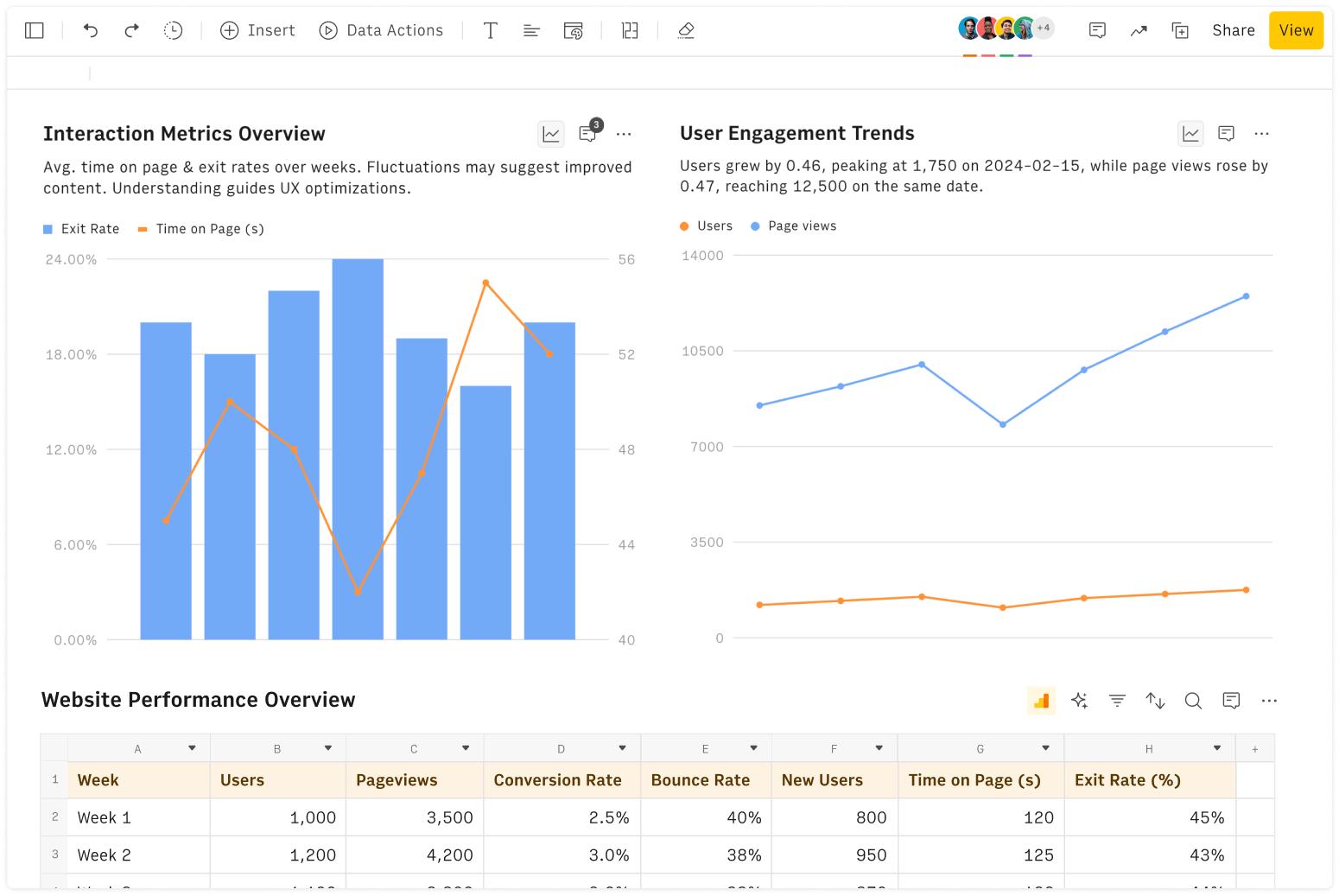Understanding Microsoft's Balance Sheet
A balance sheet, also known as a statement of financial position, offers a snapshot of a company's financial condition at a specific moment in time. It details assets, liabilities, and shareholders' equity, essential for assessing a company’s financial health and stability. For a tech leader like Microsoft, the balance sheet provides insights into its varied revenue streams, ranging from software sales to cloud services. Core components of a balance sheet include Current Assets, Long-term Assets, Current Liabilities, Long-term Liabilities, and Shareholders' Equity.
The Microsoft Balance Sheet key components
MSFT Current Assets
Current Assets are those expected to be converted into cash or used up within one year. This category is crucial for Microsoft, given its diverse product offerings and subscription-based revenue model.
Cash and Cash Equivalents: Liquid assets that are readily accessible, crucial for Microsoft’s investments in R&D, acquisitions, and shareholder payouts.
Accounts Receivable: Money owed to Microsoft by customers, including payments for enterprise software licenses and cloud services.
Inventory: The value of goods available for sale, encompassing hardware like Surface devices and Xbox consoles.
Long-term Assets
Long-term Assets provide value beyond one year and are vital for Microsoft’s sustained growth and innovation.
Property, Plant, and Equipment (PP&E): Long-term physical assets used in operations, such as data centers for Azure and corporate office buildings.
Intangible Assets: Non-physical assets including patents, software licenses, and trademarks, significant due to Microsoft’s extensive intellectual property and branding.
Current Liabilities
Current Liabilities are obligations that need to be settled within one year.
Accounts Payable: Money owed by Microsoft to suppliers and partners, indicative of its comprehensive supply chain management.
Short-term Debt: Loans and financial obligations due within a year, reflecting Microsoft’s short-term financing strategies.
Long-term Liabilities
Long-term Liabilities are obligations due beyond one year.
Long-term Debt: Loans and financial obligations maturing after one year, used to fund Microsoft’s large-scale acquisitions and long-term projects.
Deferred Tax Liabilities: Taxes owed in the future due to timing differences between accounting and tax reporting, especially pertinent given Microsoft’s global operations.
Shareholders' Equity
Shareholders' Equity represents the residual interest in the company's assets after deducting liabilities.
Common Stock: Equity capital raised from shareholders, reflecting investor confidence in Microsoft’s business model.
Retained Earnings: Accumulated profits retained in the business for reinvestment in innovation, product development, and shareholder returns.
Key Analysis from Microsoft’s Balance Sheet
Liquidity Ratios for Microsoft
Liquidity ratios assess Microsoft’s ability to meet short-term obligations. Key ratios and their calculations include:
Current Ratio:
Calculation: Current Assets / Current Liabilities
Insight: Measures Microsoft’s ability to cover its short-term liabilities with its short-term assets.
Quick Ratio:
Calculation: (Current Assets - Inventory) / Current Liabilities
Insight: Evaluates Microsoft’s capacity to meet short-term obligations without relying on inventory sales, crucial for a company with substantial intangible assets.
Cash Ratio:
Calculation: Cash and Cash Equivalents / Current Liabilities
Insight: Indicates Microsoft’s ability to cover short-term liabilities with cash and cash equivalents.
Solvency Ratios for Microsoft
Solvency ratios evaluate Microsoft’s ability to meet long-term obligations. Key ratios include:
Debt to Equity Ratio:
Calculation: Total Liabilities / Shareholders’ Equity
Insight: Assesses the proportion of debt financing relative to equity financing, indicating Microsoft’s financial leverage.
Equity Ratio:
Calculation: Shareholders’ Equity / Total Assets
Insight: Shows the proportion of total assets financed by shareholders' equity, reflecting Microsoft's financial health.
Debt Ratio:
Calculation: Total Liabilities / Total Assets
Insight: Measures the extent to which Microsoft’s assets are financed by debt, providing insights into its capital structure.
Interest Coverage Ratio:
Calculation: EBIT / Interest Expense
Insight: Evaluates Microsoft’s ability to pay interest on its outstanding debt, highlighting its operational profitability and financial stability.
Explore our Microsoft Balance Sheet Analysis Tool to gain deeper insights into Microsoft’s financial dynamics. Utilize this tool to understand how Microsoft manages its diverse service portfolio, funds its continuous innovation, and maintains robust financial health for strategic decision-making.4o



